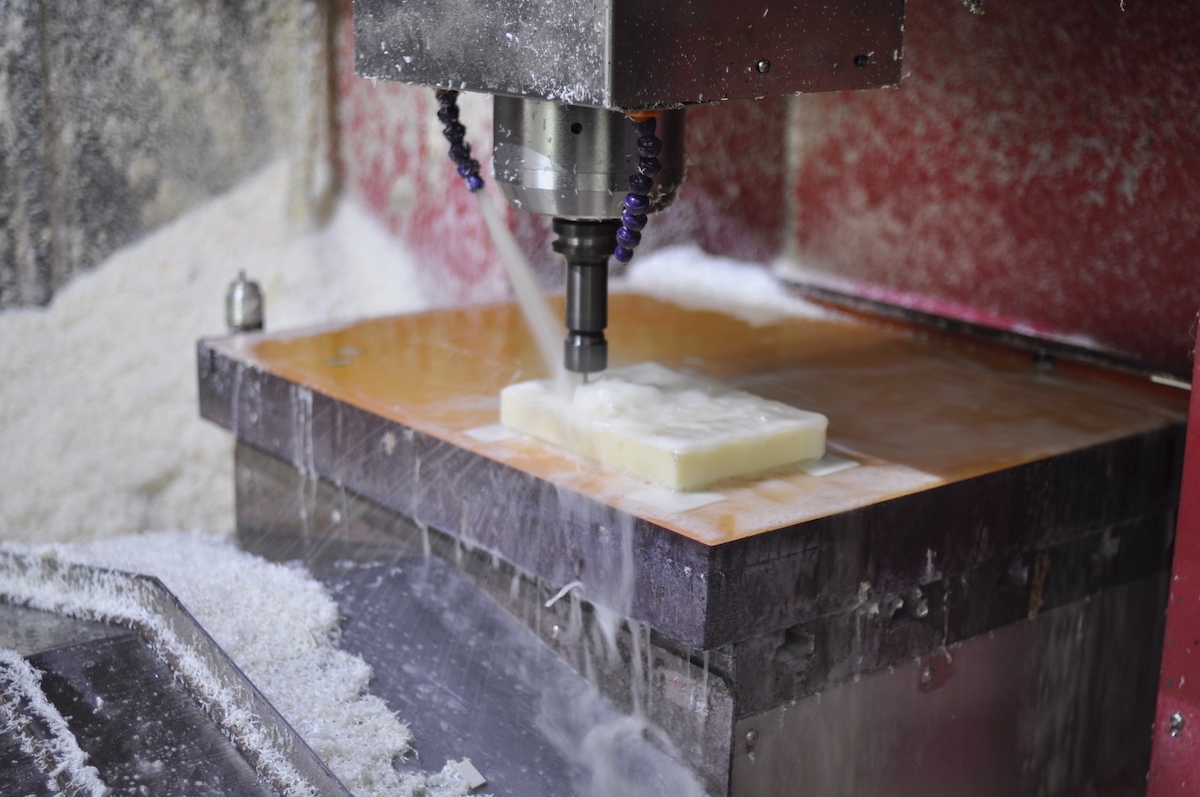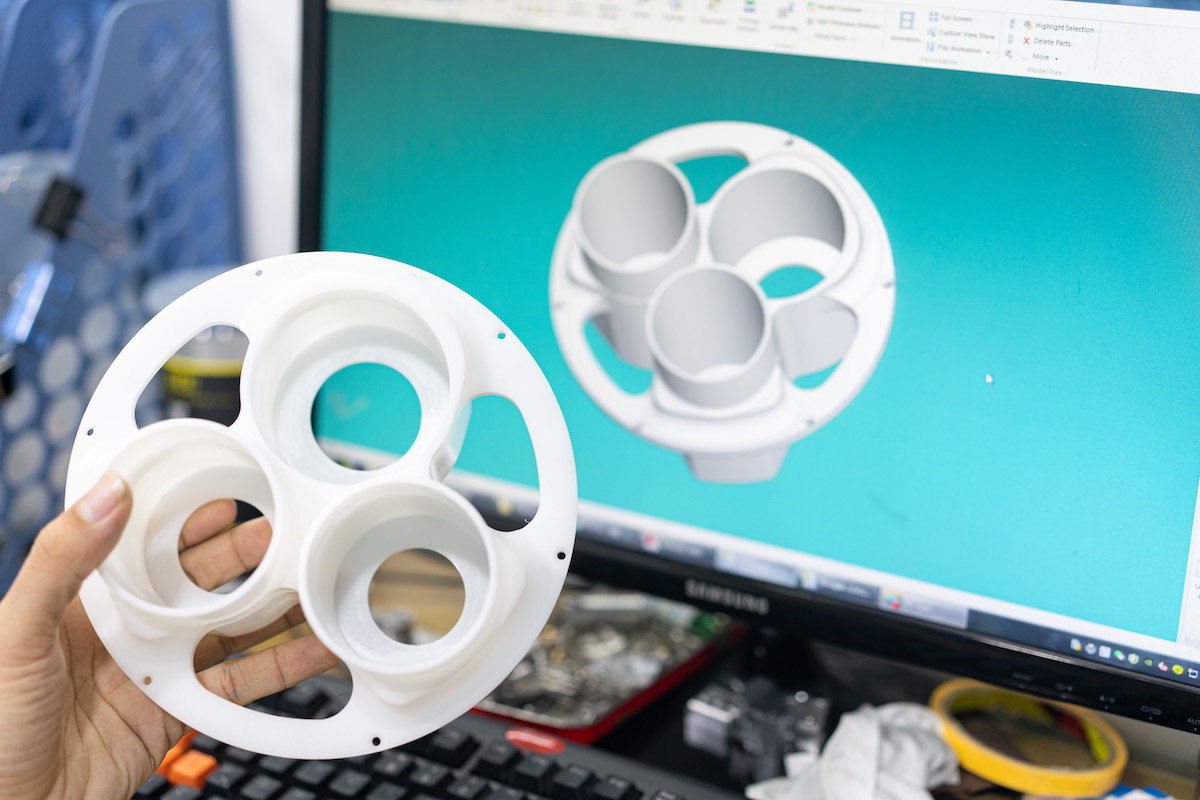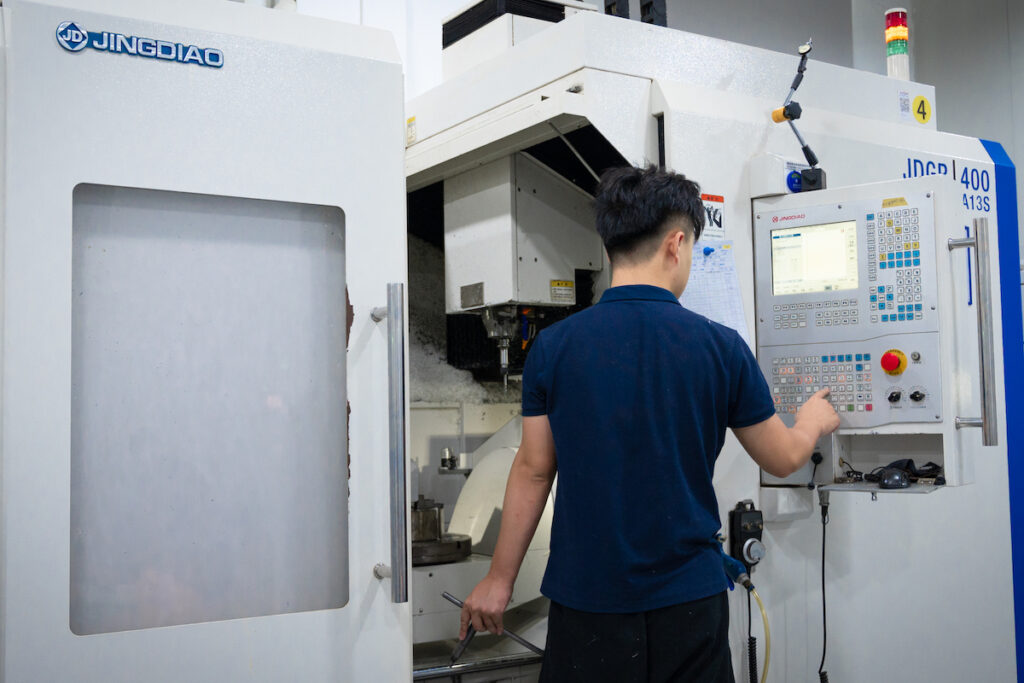Smart home devices need compact, durable, and precisely engineered designs. For example, Wall-mounted control panel housings, camera mounts, metal frames for touch switches, and smart lock cores all require form-fit solutions. These components must meet strict dimensional tolerances. Moreover, these also need to be integrated with internal electronics and maintain consistent quality across small production runs.
Off-the-shelf parts often fail to support complex internal layouts and specialized form factors. Custom metal machining solves these issues. It offers low-volume, high-precision manufacturing for unique designs. Manufacturers can quickly produce prototypes, revise enclosures, and finalize production parts with no tooling delays. For adaptive and iterative smart home development, it gives superior flexibility and control.
This guide will walk you through effective design tips and optimal finishing options to perfectly produce metal components for smart home projects.
Choosing the Right Metals for Smart Home Environments
Material choice directly impacts how well a smart device performs. Each metal must fit compact layouts, resist wear, and support long-term use. Here are the common materials used in the manufacturing of smart home products.
1. Aluminum
Aluminum is lightweight and corrosion-resistant. It is relatively easy to machine precisely. Additionally, it works well for structural parts that also handle moderate heat. So, use aluminum when designing external and touch-sensitive smart modules.
Common CNC machined parts made from aluminum:
- Display panel frames
- Camera covers
- Wall sensor brackets
- Smart thermostat enclosures
2. Stainless Steel
Stainless steel adds strength, wear resistance, and structural integrity. It’s ideal for moving parts and components that are usually exposed to touch, load, or environmental stress.
Common parts made from stainless steel:
- Lock mechanisms
- Entry system frames
- Keypad housings
- Motor supports
3. Brass
Brass is a go-to choice for precise machining for threads, inserts, and finishes. It is optimum for parts that need conductivity and a polished appearance.
Common parts made from brass:
- Threaded mounts
- Decorative control knobs
- Connector bases
- Trim rings
4. Copper
Copper is used where high conductivity and thermal control are desired. It’s common in the internal electrical systems of smart devices.
Common parts made from copper:
- Power contacts
- Heat sinks
- Ground plates
- Signal terminals

Design Tips for CNC-Compatible Smart Home Parts
CNC machining offers high precision for components of smart home devices. However, it requires thoughtful design. Part geometry, surface interaction, and installation workflow must align with tooling limits and production repeatability. Poor design leads to cycle time, tool wear, and post-processing work.
In smart systems, where aesthetics and fit are tightly controlled, engineers must design with performance, assembly, and visual harmony in mind. Below are effective tips to help design CNC-compatible parts that meet stringent standards in function and finish.
1. Design for Easy Installation
Always design with installation in mind from the beginning. Incorporate features like countersunk holes, slots, or flanging edges. Avoid small confined spaces that require complicated assembly processes or special jigs.
It’s recommended to reduce part weight but protect critical zones from deflection. Use lightning pockets; however, keep a minimum wall thickness depending on the material. For instance, for aluminum, it is normally around 1.5 mm, and for steel, it can be 2 mm. To strengthen open spans and unsupported spans, use gussets or ribs.
2. Aesthetics and Structure Balance
Fillets and chamfers are not supposed to be decorative. Chamfers between 0.5-1.5 mm help with insertion and minimize sharp transitions. Fillets (R2-R4 mm) should be used to reduce stresses on the cutters and part cracking.
In user-facing components, ensure that surfaces are kept uniform and cut from one side. To prevent the inconsistent finish, minimize the re-orientation of the tools. Do not apply cosmetic facial substitutes in numerous setups- they cannot be properly lined, and a viewer can easily see a change in tone or texture.
3. Machining Constraint Optimisation
Avoid sharp internal corners, and keep them smaller than the tool radius. Design with radii that will match standard cutters-R2 mm is preferable to 4 mm end mills. This increases tool life and makes it possible to use high feeds without chatter formation.
Minimize deep, narrow pockets to avoid tool deflection and material scrap. To maintain finish quality, stay within a 3x depth-to-diameter ratio. Besides, design with tool entry in mind. Plan your part geometry to match vertical Z-axis paths for better control and speed.
4. Tolerancing and dimensional consistency
Apply tolerances only where necessary- when the dimensions are tight, they increase cost. Use +/- 0.1 mm on non-critical features and save +/- 0.01mm on the mating fit or sliding joint. Over-dimensioning can lead to part rejection, and increase inspection to retard.
Datum references should always be defined where an assembly is multi-part. Manage the variation using the 3-2-1 of locating principles. Avoid stacking tolerances across parts unless necessary; otherwise, errors add up in smart home assemblies.

Surface Finishing for Seamless Integration with Interior Design
Your finish must match the product function and its context. In smart home systems, every exposed surface must adapt visually and structurally. CNC-machined parts cannot rely on raw cuts or inconsistent grain. So, you must plan surface treatments as part of early design.
Finishing helps your parts perform and integrate better indoors. It supports wear resistance, surface clarity, and brand alignment. Choose processes that balance protection with visual continuity. Below are the techniques that adapt well across smart product families.
Anodizing
Anodizing is generally applied to aluminum products. It makes aluminum surfaces stronger by forming a non-conductive oxide layer. It fits in areas that require protection and aesthetics. You can apply vibrant colors, leaving the tolerance unchanged. Anodizing is optimal for parts that are constantly exposed to hot, harsh conditions.
Anodized surfaces match most modern interior finishes easily. The matte black or grey is combined with the walls or glass. It works best on visible control panels and frames. It’s better to apply it after bead blasting for uniform tone and grain texture.
Brushing
Machining is masked by adding a linear grain when brushing. It also adds a tactile depth for finger contact zones. It allows strong visual direction across panel faces in the process. This assists in the coordination of design with lighting or materials that are used in housing.
Employ brushing in areas where you need a refined texture and grasp. To maintain symmetry, align the brushing stroke direction with the layout geometry. This end benefits smooth transitions of plastic and metal. It works best on trims, bezels, and cover plates.
Bead Blasting
Bead blasting gives a soft abrasion to a matte surface. It eliminates the surface reflections without damaging the form geometry. This renders it handy when it comes to scattering light and melding forms. Use it before coating to achieve better adhesion consistency.
Bead blasting assists in the consolidation of parts in giant smart systems. Apply it in areas where reflections or marks are distracting to the design. Common zones are sensor plates, display borders, and mounting panels
Conclusion
Your smart home project demands more than precision and planning. Every mechanical detail, from switch housing to surface finish, affects performance. CNC machining helps you create parts that match tight tolerances. But you must design each feature with purpose and process in mind.
Surface finishing is never an afterthought in product development. Choose materials, geometries, and finishes that align with user expectations. With the right techniques, your components will perform better and last longer. Therefore, design smart, finish strong, and always machine with intent.


